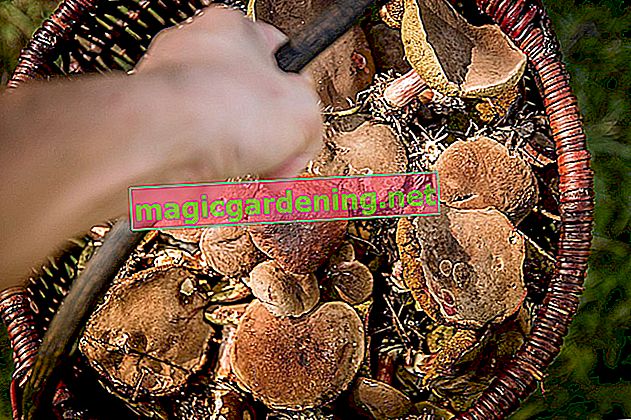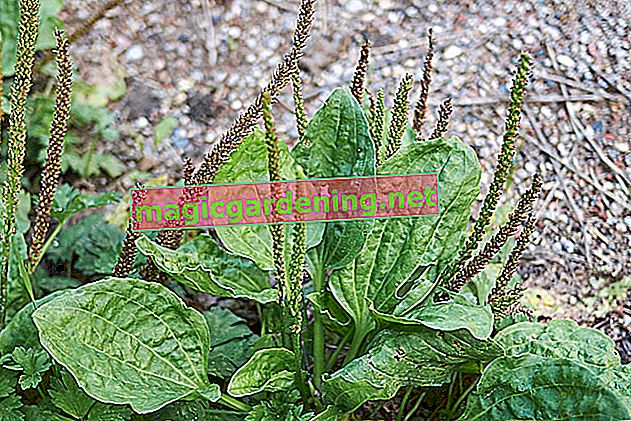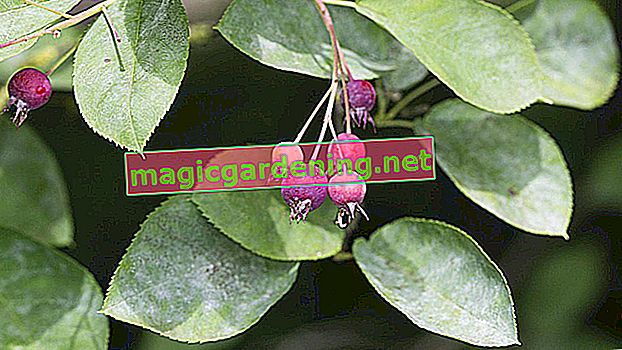
Change of location slows down flowering
In order to make your Monstera willing to flower, please select the optimal location with foresight. It is not enough that it is a shady to partially shaded, warm location. Once the window leaf has acclimatised to its place, it would like to stay here for the rest of its life. If the exotic ornamental plant is expected to relocate, you will look in vain for the creamy-yellow piston flowers and the resulting fruits.
also read
- The fruit of a Monstera deliciosa - tips for optics and enjoyment
- Why does my Monstera have yellow leaves?
- How should Monstera be watered correctly?
Care tips for a window leaf that will flower
In their natural range, Monstera bloom for the first time under ideal conditions at the age of 3 to 5 years. In room culture, on the other hand, a window leaf takes 10 years or more before it decides to have an initial flowering period that will bring you the coveted fruits. On the way there, the following care has a beneficial effect:
- Pour the acidic substrate as soon as the surface has dried
- Spray the leaves and aerial roots regularly
- Wipe off dusty leaves with a damp cloth
- Use primarily rainwater or decalcified tap water
- Apply liquid fertilizer every 2 weeks from April to September
- Fertilize every 4 to 6 weeks from October to March
Please do not cut off any active, healthy aerial roots. These play an important role in the supply of water and nutrients. It takes a lot of strength for your window leaf to bloom and bear fruit in the Central European climate. You should therefore only remove the leaves that have been pulled in from the lower part of the plant. With every leaf that photosynthesizes, you get closer to the first flower and fruit.
Tips
Once the horticultural masterpiece has succeeded in making a monstera bloom and produce fruit, a long wait begins. It takes up to 12 months for a window leaf fruit to be ripe for consumption. Only when the green peel can be easily removed does the creamy white pulp fulfill what the name pineapple banana promises.








